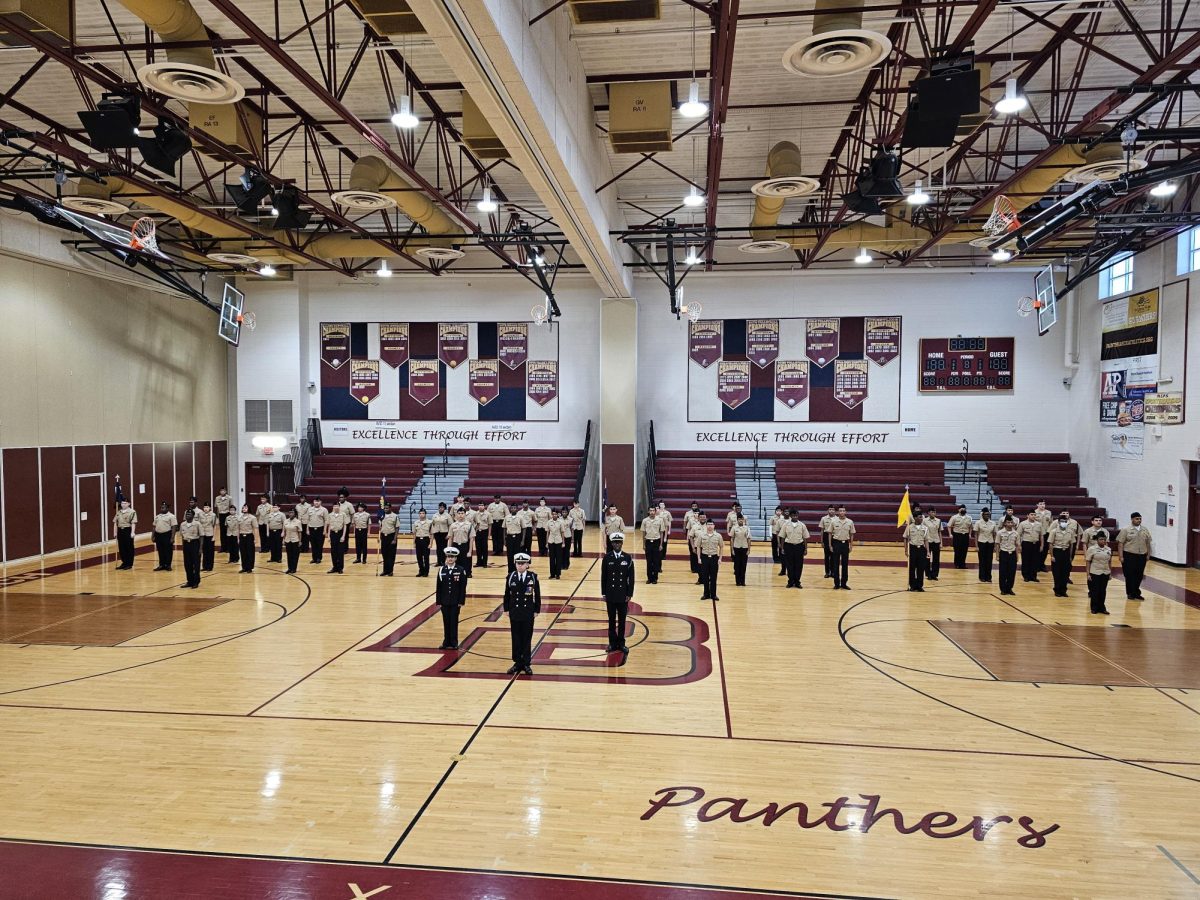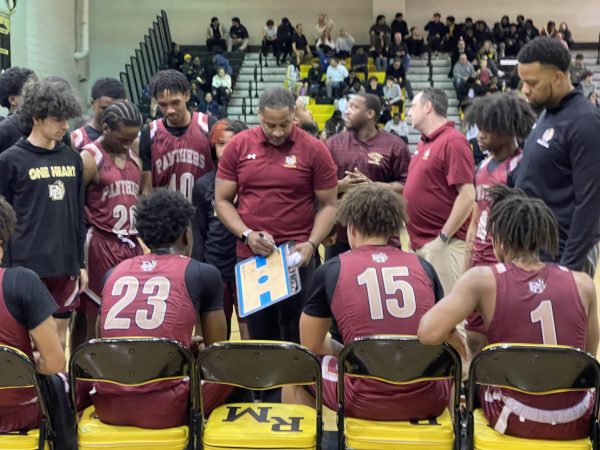Maryland: B1Ger and Better
October 14, 2014
The 2014 fall season marks a significant milestone for University of Maryland athletics. For the first time since June of 1953, the school will not be a member of the Atlantic Coast Conference, a conference that the university – along with six others – helped create. Instead, the school will begin a new era as a member of the Big Ten, which it officially joined two months ago.
Money was the biggest reason for the change of scenery. The Big Ten controls the largest television contract of any conference in the country, and according to USA Today, the Big Ten provides an annual $24 million payout to each of its members, a significant increase over the payout that members of the ACC receive. This financial increase should help offset the reported $20 million debt that the UMD athletic department finds itself in. That same debt caused the recent elimination of some of the school’s sports teams – teams that the university hopes to reinstate as it looks to increase the athletics budget.
While the move holds long-term benefits for the university, many of the school’s students and fans have expressed their disapproval regarding the decision. The school will leave behind historic rivalries with Duke and North Carolina that have persisted for over 50 years. Maryland has little to no athletic history with most of the Big Ten members, and it will take some time before rivalries develop that mirror the old ACC rivalries that are now a thing of the past.
So is this move beneficial for the school? Absolutely. The absence of several of the school’s sports teams makes the university an increasingly unpopular destination for some of the top local runners, swimmers, and gymnasts. However, if the reinstatement of these absent programs comes to fruition, it would help increase enrollment and the overall quality of the athletic department.
The Big Ten also has a history of extremely successful programs in the major college sports of football and basketball. This fall Maryland has home football games against Iowa, Ohio State, and Michigan State. They will also play home basketball games against Indiana, Wisconsin, Michigan, Michigan State, and Ohio State. Games against opponents of this level, with enthusiastic fan bases, are almost guaranteed sellouts. Maryland has seen attendance figures at both their football and basketball games drop in the past couple of years, and huge games against top-flight teams will not only sell tickets, but also garner national attention with televised games on ESPN and CBS.
Added national attention, along with an athletic department that isn’t millions in debt, are the kind of factors that draw and retain top-flight talent at both the local and national level. The mens’ basketball team alone had five of their main contributors from the 2013-14 season transfer during the offseason. Maryland hopes to become a university that attracts top-tier athletes and keeps them instead of driving them away. A few years of heavy recruiting should help the football and basketball programs reach the level of success already enjoyed by some of Maryland’s lesser-known programs, such as the soccer and lacrosse teams.
Leaving behind 60 years of rich sports history won’t be easy, but with the rapidly changing landscape of college sports, an eye to their future is essential to sustain a strong, profitable athletic department. So, Maryland fans: grin and bear it. Who knows? Maybe in twenty years, Ohio State-Maryland will be the next great rivalry in college sports.







































